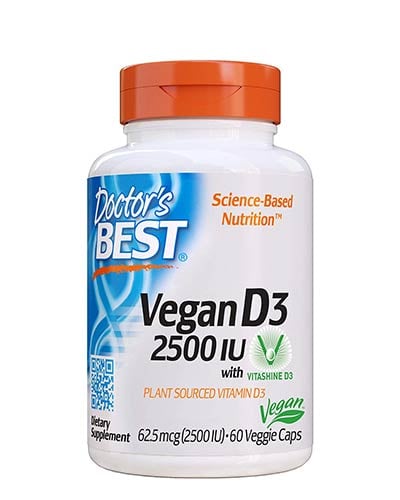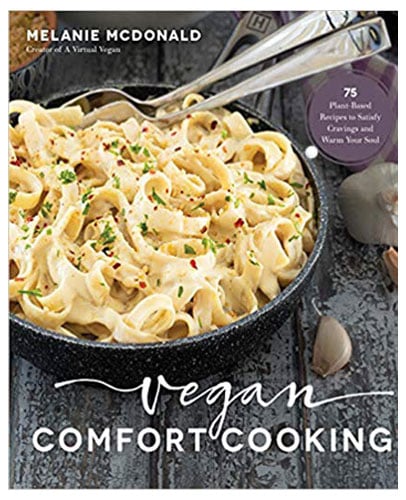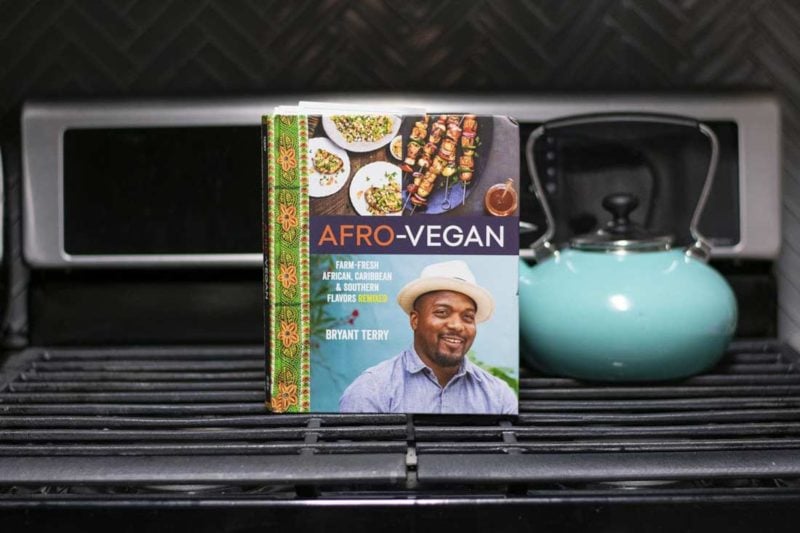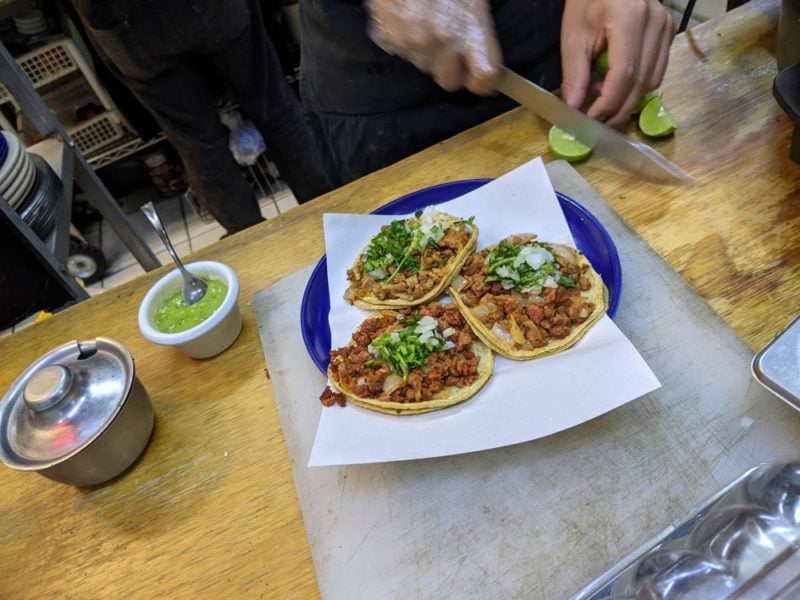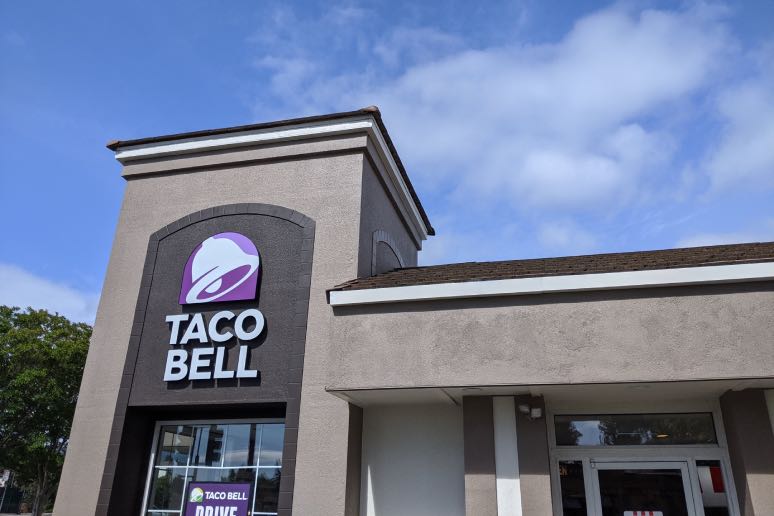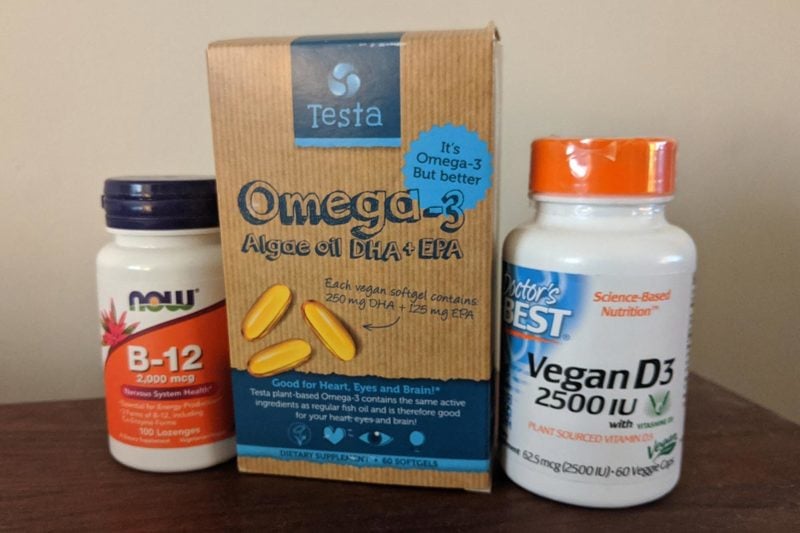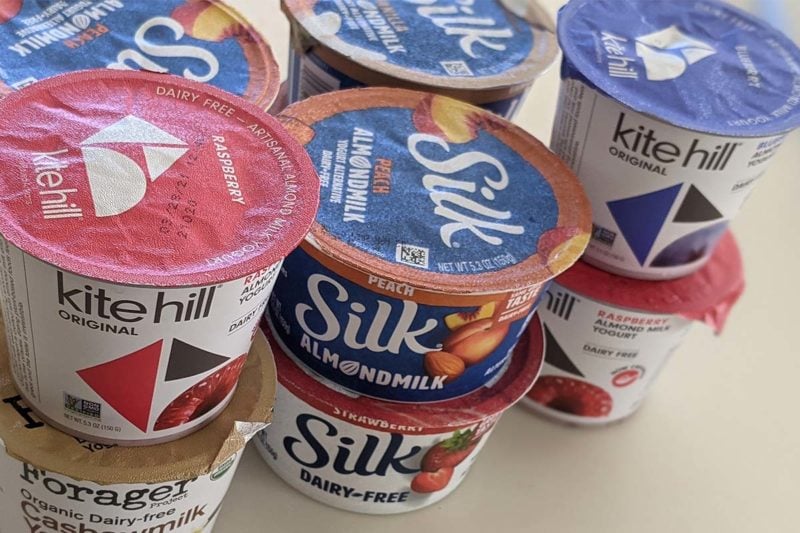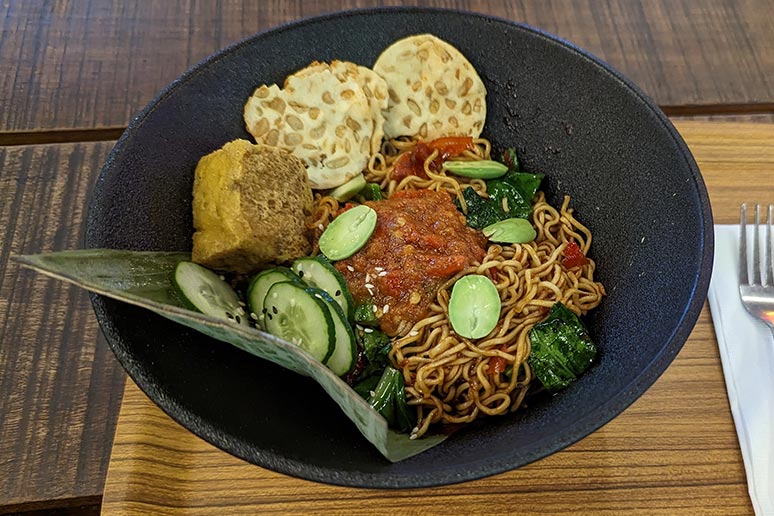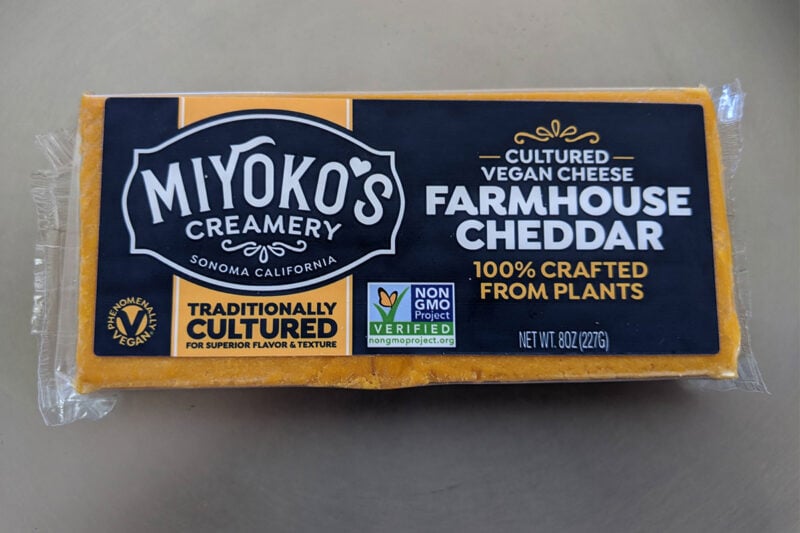Animal welfare standards for chickens are appalling. Whether raised for meat or eggs, chickens probably suffer worse conditions than any other animal raised for food.
Broiler Chickens
The industry calls chickens raised for meat “broilers.” Today’s broilers grow roughly four times faster than chickens from decades ago. Their incredibly rapid growth so severely strains the heart that birds commonly suffer cardiac arrest at just a few weeks of age. Many others develop crippling leg abnormalities. One large study conducted in the UK found 27 percent of broilers suffered lameness.
Chicken slaughter is notoriously inhumane. Poultry are exempt from the Humane Methods Slaughter Act. As a result, not a single federal law protects the more than eight billion chickens slaughtered annually in America. To minimize costs, the slaughter lines run incredibly quickly and throats are cut mechanically rather than by hand. American chicken slaughterhouses kill up to 175 birds each minute. At these speeds, the blade can easily miss the bird’s throat. This leads to an agonizing death, the line terminates with a tank of scalding water set up to loosen the feathers of dead chickens. If throat-cutting is botched, the bird will be dropped into the scald tank alive, and thereby suffer the most agonizing death possible.
Chickens suffer enormous cruelty to produce very little meat. Since chickens are tiny compared to cows or pigs, each birds yields a pathetically small amount of flesh. You would have to slaughter more than 220 chickens to get same amount of meat that you’d get from just one steer.
Layer Hens
While broiler chickens undeniably suffer grave mistreatment, egg-laying hens have it even worse.
Extreme Confinement
The majority of American hens are raised in “battery cages.” In these cramped metal cages, each bird gets approximately the floor space of a sheet of printer paper. The birds spend their entire lives lacking sufficient room to freely move about or even to spread their wings. This horrendous animal welfare obviously exacts a steep psychological toll on the chickens. Producers commonly sear off the ends of the hens’ beaks so they won’t peck one another to death.
Conventional eggs probably contain more misery per mouthful than any other food. Imagine spending an entire lifetime alternating between standing on wire and sleeping pressed into it. Caged hens endure these conditions for more than 24 hours for each egg they lay.
The natural lifespan of a chicken is more than five years. But egg farms slaughter their hens at about 72 weeks due to declining yields associated with aging.
Health Problems Arising from Egg Production
Just as meat chickens grow faster than ever, today’s layer hens produce far more eggs than did birds from decades ago. This leads to a variety of serious health consequences. Since egg shells are mostly calcium, constant egg-laying depletes the hens’ bones. One egg industry study concludes: “Osteoporosis appears to be inevitable in highly productive caged laying hens.” Another study found that, in some flocks, more than 80 percent of layer hens suffered broken breastbones.
High egg yields cause numerous other health problems. Among the most distressing is a prolapse, which occurs when the egg adheres to the hen’s uterus. When this happens during laying, the uterus and ovaries eject from the body along with the egg. The hen then suffers a protracted and agonizing death from blood loss and infection. Nobody keeps count of this statistic, but evidence indicates that each year more than two million of hens die in the USA from prolapses.
Layer houses—which commonly contain 20,000 birds—are frequently unattended. This can lead to hens trapped for months on end with the decaying corpses of birds that have died prematurely. Over the years, one undercover video investigation after another has spotlighted the indefensible conditions pervasive at egg farms.
Finally let’s note what happens to the male counterparts of each layer hen. These males are useless to the egg industry, and the chicken meat industry can’t use them either since they don’t grow big or fast enough. In consequence, they’re discarded within a day or two of hatching—typically by being dropped alive and unanesthetized into grinders.
Egg and Chicken Meat Alternatives
Now that you know about the industry’s appalling animal welfare standards, you can refuse to purchase chicken and eggs. Going egg-free is easier than ever. And you can likewise find a multitude of vegan chicken products.




